Ask a bunch of ardent divers to name the top sites in the world they’d love to dive, and you’ll be given a myriad of answers.
We all have an ultimate dive bucket list. From the sweeping shoals of silvery Sardines, running in South Africa, to exploring the historic wreck paradise that is Truk Lagoon, the ocean is our oyster! Here are some of our favourite jewels that make up Planet Water’s ‘crown of diving’.
Galapagos Islands
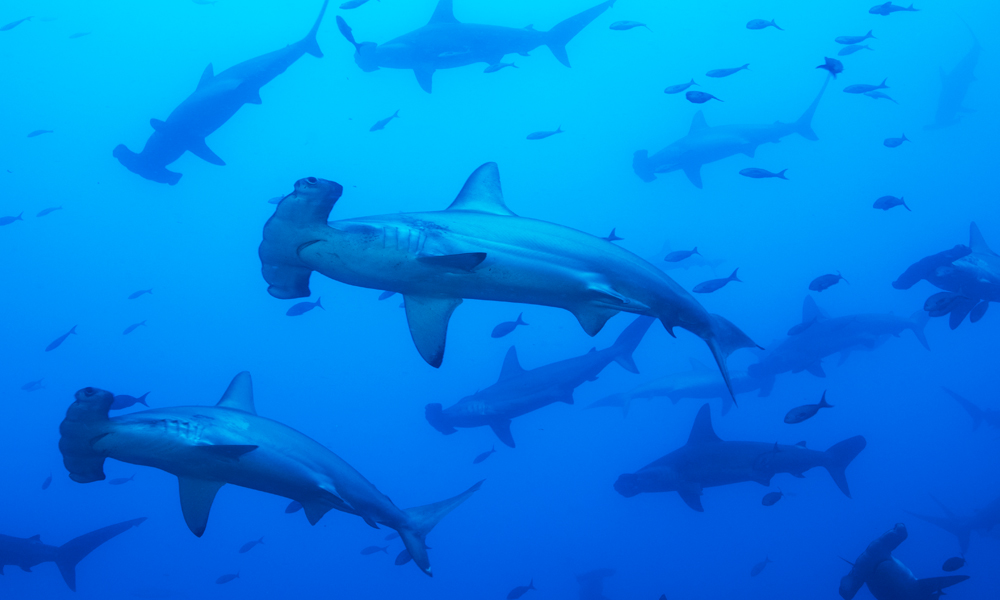
21 isolated islands sit at a crossroads where seven major cold and warm oceanic currents collide and upwell, encouraging an unusual mix of tropical and temperate water fish. Galapagos is inhabited by prehistoric creatures and unique fauna that are seen nowhere else on earth. Sit on a safety stop and watch Marine iguana munch algae or Galapagos sea lions strategically hunt Tuna.
You may get lucky and surface to breaching Humpbacks after diving with Orca, Whale Sharks, large schools of Hammerheads, topical penguins, dolphins and spotted eagle rays.
No wonder Darwin wrote this marine sanctuary is “A little world within itself”.
Truk Lagoon
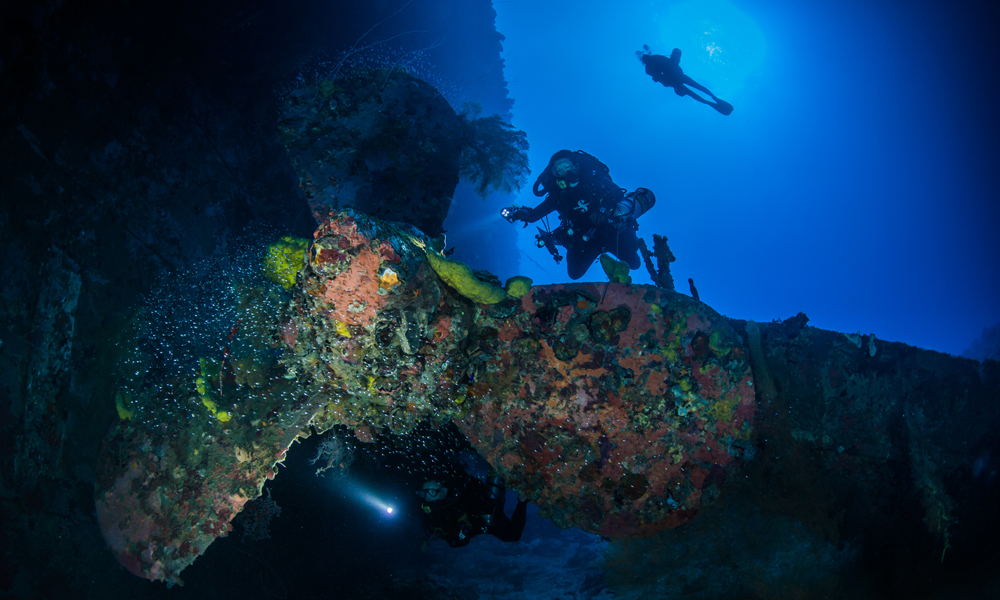
“You will never look at wreck diving in the same way, it’s the biggest concentration of wrecks on the planet”. Aron Arngrimsson
‘Truk’ is a wreck divers paradise. Shallow wrecks, frozen in time, encrusted in coral. An underwater museum. As you marvel at the sake cups and the fighter planes in their hangers, it’s worth remembering that Truk is also a war grave. Although many of the crew have been repatriated, it is not unusual to come across a skeleton.
Silfra Fissure, Iceland
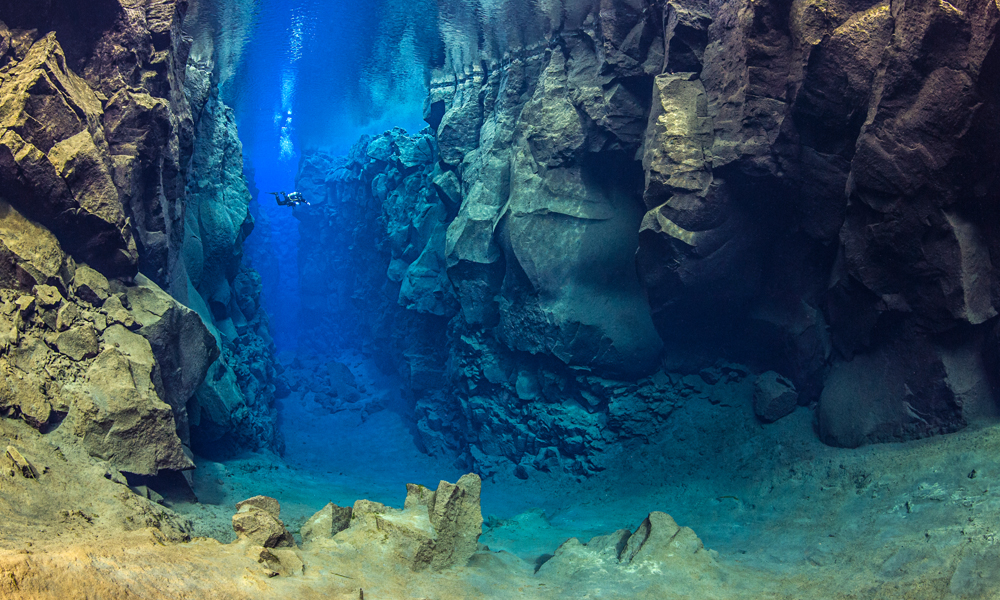
The 'Silver Lady' or 'Silfra' is geologically significant. It is the only place in the world where you can dive in the crack between two continental plates. Simply reach out and touch North American and Eurasian, or marvel at the lava boulders that look like gigantic chess pieces.
The Sardine Run
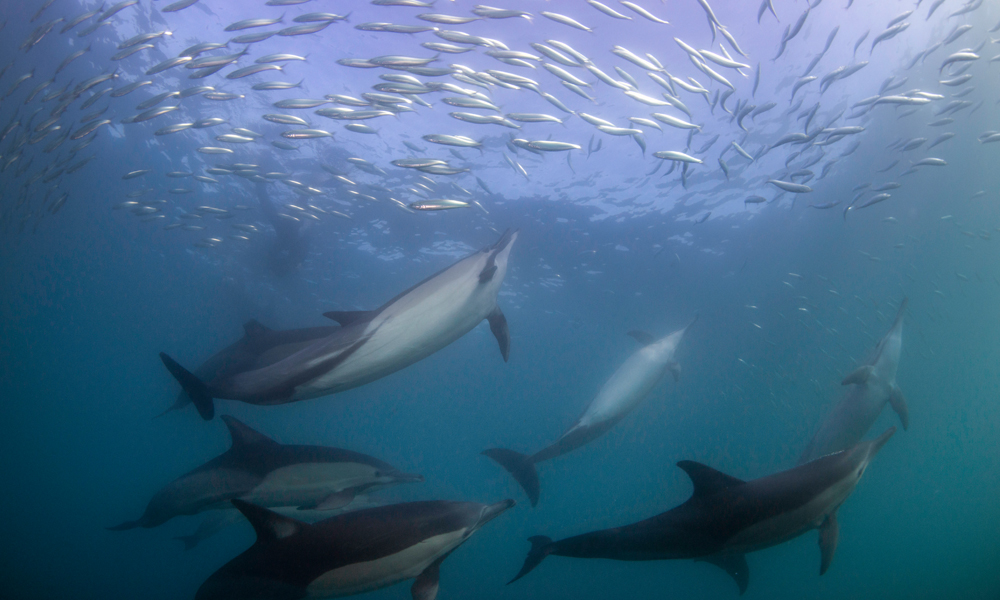
Each year is very different from the next, as millions of baitfish struggle to survive, as they migrate along South Africa's eastern coastline, closely followed by Humpback Whales and a plethora of mega fauna.
The ocean is full of energy, for the silvery shoals of sardines attract Copper, Dusky and Blacktip sharks, Common and Bottlenose dolphins and a vortex of bombing birds, looking for lunch. The resulting feasting frenzy of the river of fish is astonishing.
Shetland
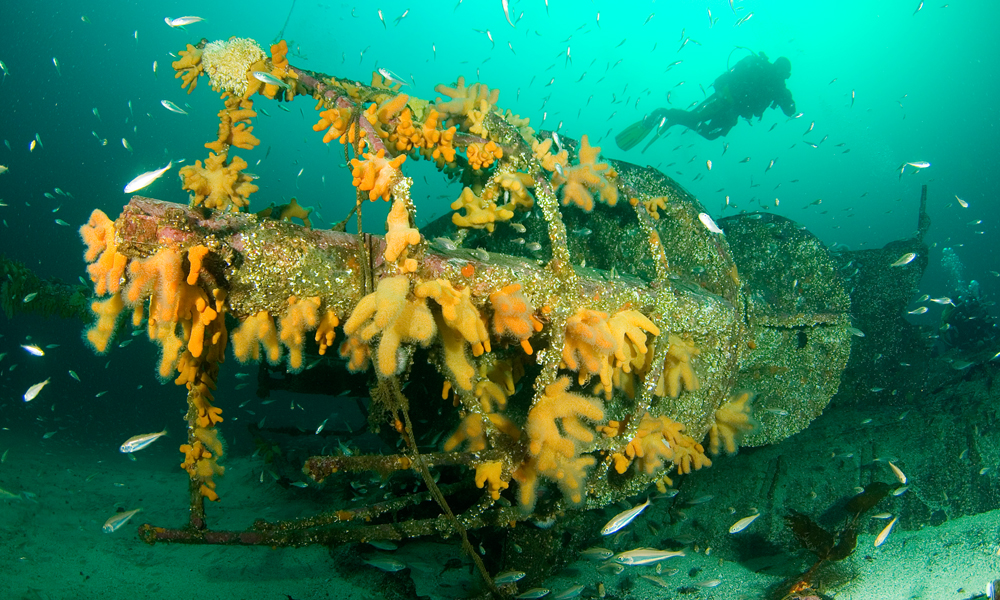
This ancient Norse settlement, renowned for its flaming fire festival, has a alluring topography of caves, coves, sea stacks and voes that are echoed beneath the waves.
The islands emerald-green glassy sheltered waters are home to an abundance of marine life. Cushionstars, Lightbulb sea squirts and huge Dahlia anemones (the size of tea plates), bond to boulders.
Shetland was a happy hunting ground for German U-boats. Today impressive, untouched wrecks lie on white sand in exceptional viz. Fish life is plentiful on these artificial reefs. Expect encounters with neon purple and orange Cuckoo Wrasse, Dogfish, seals and silvery Ling.
Egypt
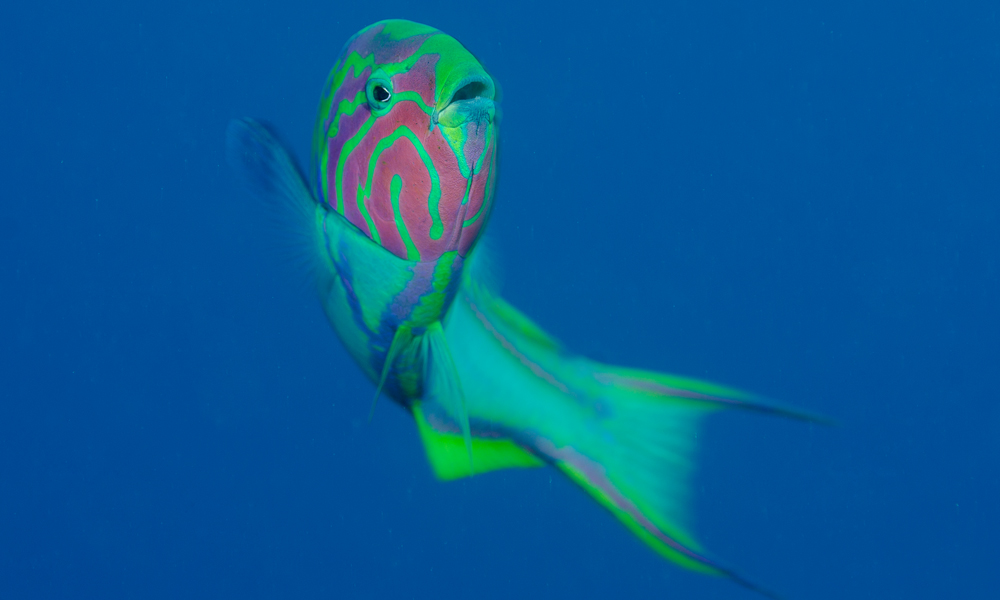
‘Shark and Yolanda’ is a “Star Wars” rollercoaster of a dive. Walls of Jack, Tuna and Unicorn fish vie for position in the conflicting currents. Beneath them, in the velvet blue depths, are the big boys. Circling schools of Barracuda and cruising sharks.
Nine breaths later you're flying over Yolanda’s grandiose coral pinnacles, atopped with clouds of Antheas with big purple eyes and frilly soft corals. A favourite turtle snack.
Surely. No. It can’t be. A toilet bowl adorned with vibrant corals? But it is.
The Maldives
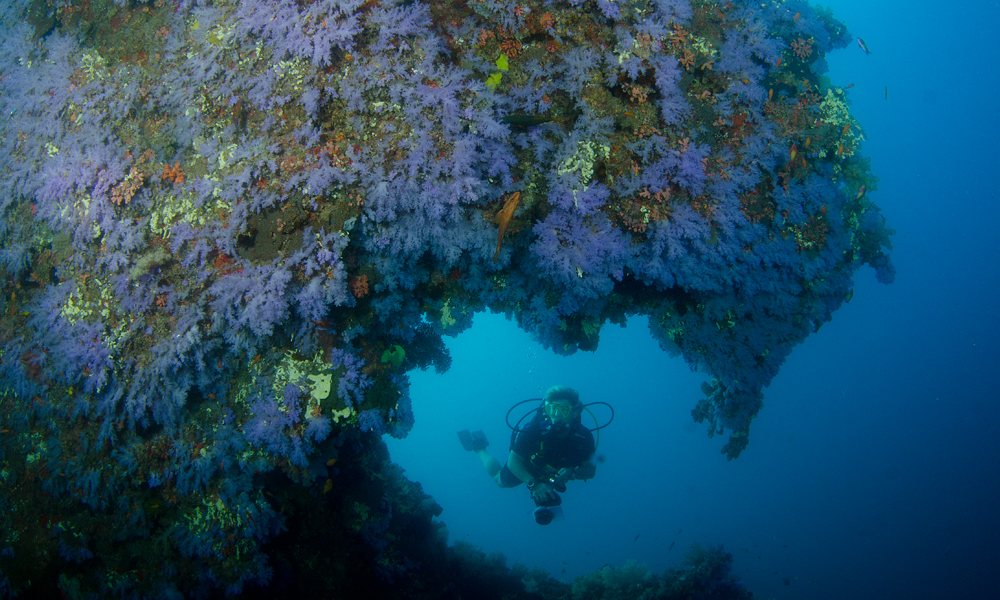
The 26 atolls – remnants of extinct volcanoes – form a garland of islands. Beneath the waves monstrous plates of table coral and fences of Staghorn coral dominate the seabed.
A misty mantle of Sweeper fish cloak a bommie, their swirling bodies twinkle and flash. The silver clouds part for a moment to expose a prowling Lionfish seeking its supper, as an aptly named Goliath grouper cruises by.
The Bahamas
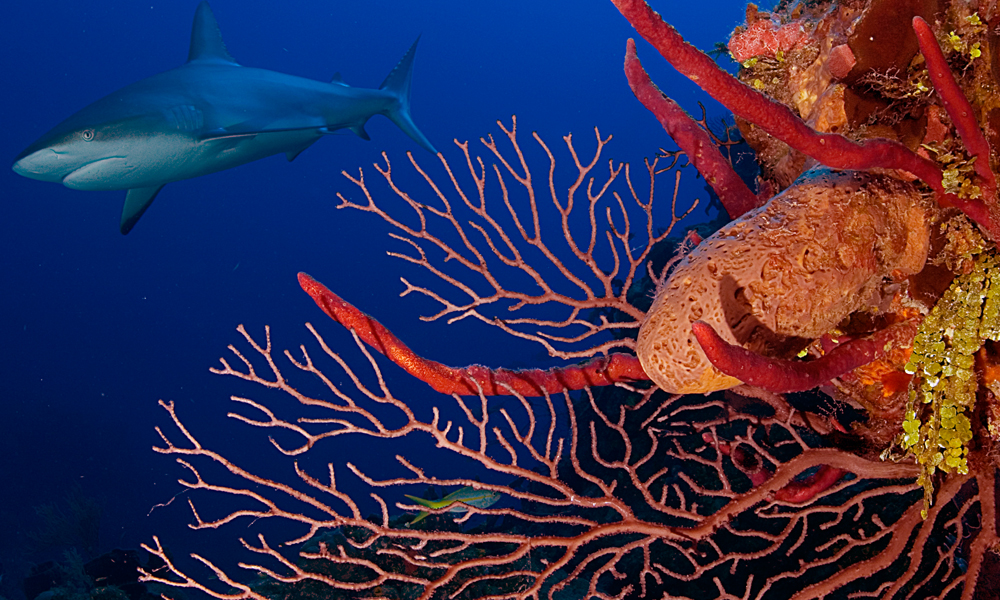
If cave diving is not your thing, how about a 007 two-wreck-dive? The Vulcan Bomber prop is just a few fin kicks from the ‘Never Say Never Again’ wreck. Both smothered by prolific gaudy soft corals.
No great Bond movie is complete without a shark encounter, and they are plentiful and varied here. Perhaps that’s why so many underwater movies are filmed in the Bahamas.
Riviera Maya, Mexico
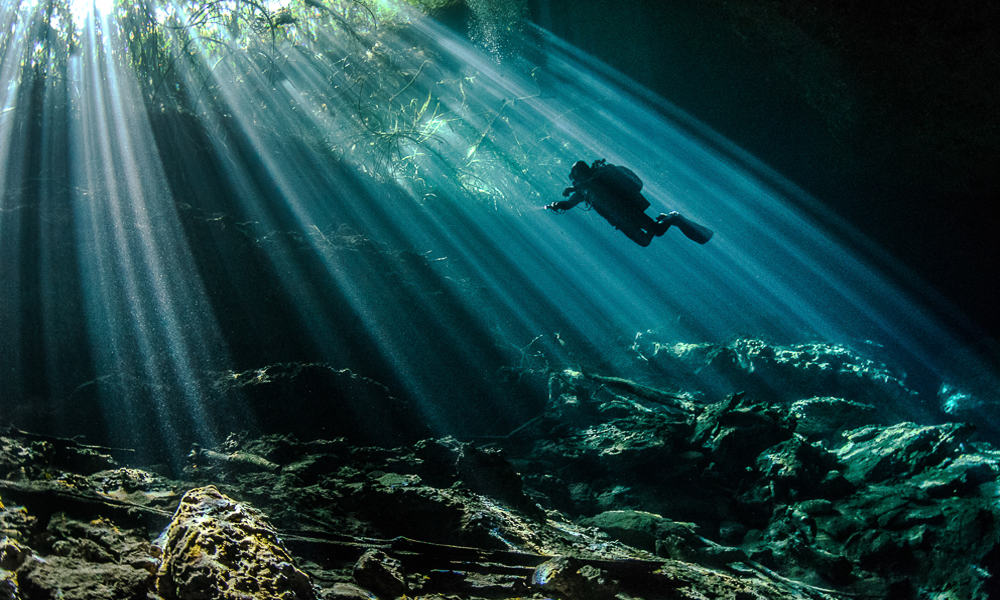
Theatrical shafts of sunlight pierce the warm crystal clear waters, creating a natural “laser beam” show.
The star of these flooded caves is “the stal”. Thousands of years ago dissolved limestone dripped into dry cave passageways, creating stalactites and stalagmites. It’s like diving through dramatic avant-garde royal icing sculptures – robust and magnificent, or as slender and delicate as a bone china straw.










